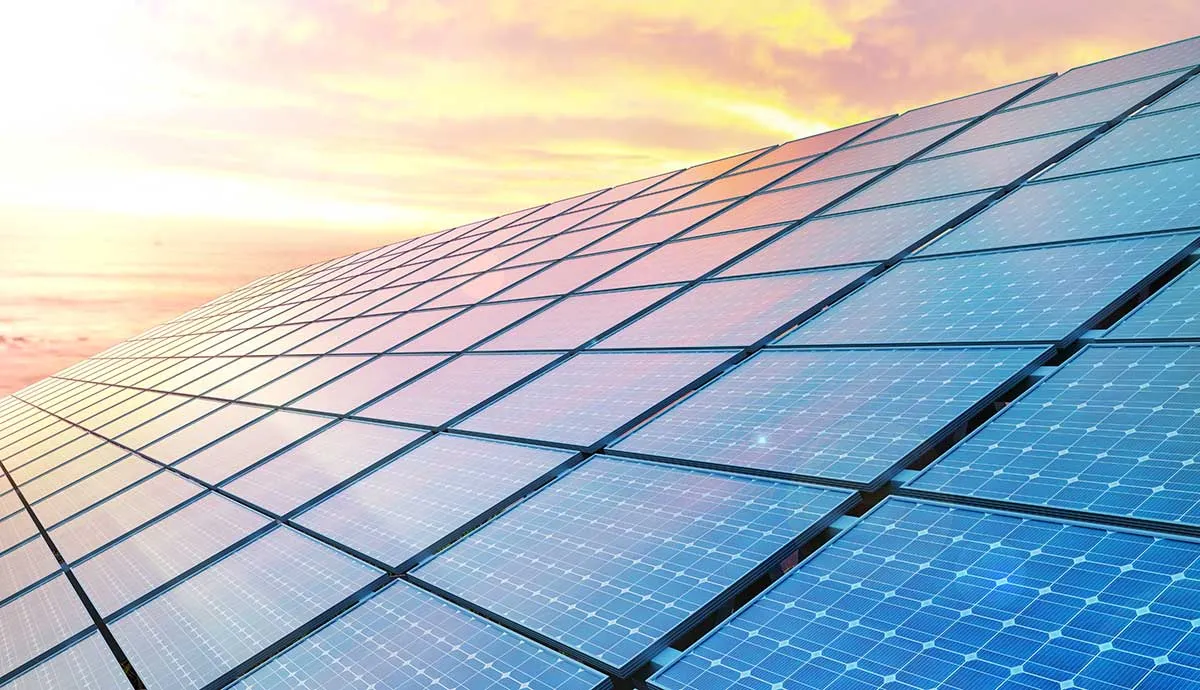Solar power generation has experienced significant growth in the last few years, and according to the International Energy Agency (IEA), solar photovoltaic (PV) generation is set to increase further by record amounts. An average annual generation growth of 25% is needed from 2022-2030 to meet the Net Zero Emissions by 2050 Scenario set out by the IEA.
With heavy investment on a global scale, solar power farms are being developed worldwide, increasing the demand for photovoltaic cable. However, what needs to be considered when manufacturing photovoltaic cable?
We asked Meenali Parsekar, Product Manager, Wire and Cable at Avient, to find out.
1. What are photovoltaic cables, and how are they used?
Photovoltaic cables are low-voltage, high-weather-resistant cables that connect solar panels to an inverter. They are specifically designed to carry the electricity harvested from solar panels to the battery that stores the energy.
2. What types of polymers are typically used for photovoltaic cables?
Cross-linked polyethylene is typically used to produce this type of cable. Polymers must be cross-linked to withstand the high temperatures generated by the metal wires they protect.
3. What unique characteristics should a quality photovoltaic cable have?
-
Good electrical conductivity: This is essential as the cables transfer power from the panel to the inverter. The sheath layer should have good insulation properties which are challenging to achieve with low coating thickness containing flame retardants.
-
UV resistance: Permanently outside, these cables need excellent weather and UV resistance to protect them from degrading in direct sunlight. The Arrhenius Lifecycle Assessment is used to determine a cable’s UV resistance. A good quality cable should pass 20,000 hours at 120℃.
-
Temperature resistance: Although an environment may be sunny, it does not mean it is warm. In Nordic countries, the basic requirement for photovoltaic cable is to survive operating temperatures as low as -40℃.
-
Regulatory standards: Solar cables must adhere to European regulation EN50618. This includes standards for flame retardant performance to IEC 60332-1, another key characteristic to consider.
4. What challenges do solar panel cables present?
-
Processing: Solar panel cables have many performance characteristics, as outlined above. Producing a material that achieves all these at a thin coating thickness is a challenge. It is important that a supplier can offer technical support to help customers test materials, overcome manufacturing issues, and ensure optimum processing parameters are used.
-
Processing efficiency: In a competitive market, manufacturers want to maximize output, so choosing a material that processes well at good line speed is also essential.
-
Cross-linking technology: Cross-linking can be done in a variety of ways. E-Beam and Sioplas are most commonly used. E-Beam requires heavy investment in E-radiation machinery, although it enables faster line speeds. Sioplas technology does not require this investment, as cross-linking occurs with ambient moisture after processing.
5. How can Avient help?
Avient has a portfolio of cross-linkable formulations for photovoltaic cable, ECCOH™ XL Cross-Linkable Solutions (ECCOH XL 8148), that achieve the key characteristics listed above. They are cross-linked using sioplast technology and offer good processing and line speeds. Avient’s Technical Services Team can assist with material testing and processing optimization.
